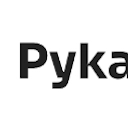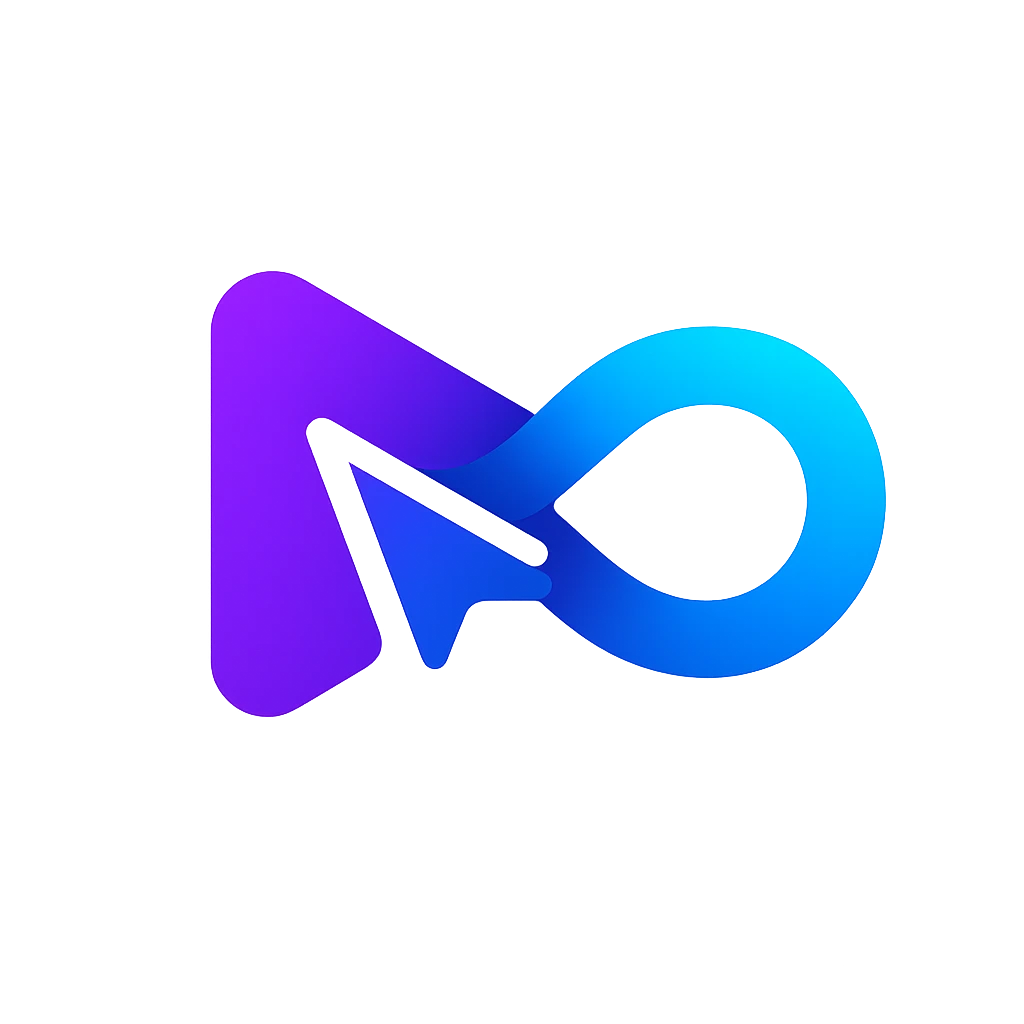AI Vision Intelligence Platform

What is robovision.ai?
Robovision.ai is a comprehensive platform designed to facilitate the creation, training, deployment, and monitoring of computer vision AI models tailored for diverse applications including quality control, object detection, segmentation, and classification. The platform aims to democratize vision AI by offering accessibility and adaptability for dynamic environments, eliminating the necessity for AI experts. Trusted by industry leaders spanning manufacturing, agriculture, healthcare, retail, and food sectors, Robovision.ai delivers edge AI solutions for real-time, on-premises automation. Notably, Robovision.ai features a patent-pending technology that encompasses the entirety of the AI life cycle.
How to get started with robovision.ai?
To commence your journey with robovision.ai, you can adhere to these steps:
Create a Project: Initiate a new project by selecting the + icon located on the project overview screen. Choose from a spectrum of computer vision tasks including image classification, object detection, semantic segmentation, instance segmentation, zone monitoring, and traffic monitoring.
Upload Data: Either utilize your own data or opt for the sample data provided by robovision.ai. Supported formats include JPG, PNG, MP4, and others. Alternatively, leverage the Import feature to draw data from external sources such as Google Drive, Dropbox, S3, and more.
Label Data: Engage in manual labeling of your data or leverage the Auto-label feature for generating labels corresponding to predefined classes. Refine and review existing labels or predictions as necessary. Utilize an array of tools including polygons, bounding boxes, masks, etc., to label your data in alignment with your task.
Initiate Training: Embark on model training via the Train feature. Select from diverse algorithms like EfficientNet, YOLOv5, Mask R-CNN, and others. Customize training parameters such as epochs, batch size, learning rate, etc. Monitor training progress and performance using the Metrics feature.
How long does it take to train a model on Robovision.ai?
The training time of a model on Robovision.ai varies significantly due to multiple factors including data size and quality, task complexity, chosen algorithm and parameters, as well as available hardware and network resources. Providing an exact duration is challenging; however, approximate ranges can be outlined.
According to Robovision.ai documentation, standard projects may require anywhere from a few minutes to several hours for training. For instance, a semantic segmentation project comprising 1000 images sized 512x512 pixels, with a batch size of 8 and 50 epochs, might take around 2 hours on a GPU.
Yet, for more intricate or customized projects, training time could extend considerably, particularly when dealing with challenging data or tasks. Some computer vision problems necessitate millions of training steps to yield effective models, resulting in training durations spanning from several hours to multiple days, contingent upon hardware and network capabilities.
To estimate training time accurately, it's advisable to experiment with a subset of data and monitor progress using the Metrics feature. This approach enables you to gauge the training duration for the full dataset and make necessary adjustments to enhance outcomes.
What is the cost of using Robovision.ai?
The pricing structure of Robovision.ai is contingent upon factors such as project type, scale, data volume, and required hardware and network resources. As per a source, the basic plan commences at $10 per month, encompassing 1000 images or 10 minutes of video, 1 GB of storage, and full access to features and algorithms. Nevertheless, for more intricate or tailored projects, costs may fluctuate significantly.
For precise pricing tailored to your specific requirements, it's advisable to engage with the Robovision.ai sales team for a customized quote. Additionally, you can opt for a demo to explore the functionalities of Robovision.ai and ascertain its suitability for your computer vision AI applications. This approach offers clarity regarding the cost structure and potential benefits of utilizing Robovision.ai.
How does Robovision.ai handle data privacy and security?
Robovision.ai prioritizes data privacy and security by adopting a decentralized approach that involves processing and storing data locally on the edge device rather than in the cloud. This strategy ensures that user information remains localized and decentralized, thereby minimizing the risk of data leaks and security breaches.
Moreover, Robovision.ai aligns with the European General Data Protection Regulation (GDPR) and operates under the supervision of the Belgian Data Protection Authority (DPA). The platform has implemented a range of technical and organizational measures aimed at safeguarding personal data against accidental or unauthorized destruction, loss, alteration, or disclosure.
In addition to these measures, Robovision.ai upholds the rights of data subjects, including the right to access, rectify, erase, or object to the processing of their personal data. By prioritizing data privacy and adhering to stringent security protocols, Robovision.ai aims to provide users with a secure and transparent environment for their data processing needs.
How does Robovision AI enhance automatic machine vision in industries?
Robovision AI employs its advanced Vision AI platform to add intelligence to machines, which sets new benchmarks for quality, efficiency, and productivity in various industries. The platform empowers operators with a user-friendly no-code interface allowing any user to create and retrain dynamic AI solutions. By bringing intelligence to machines, Robovision helps businesses overcome automation challenges, optimize their processes, increase overall value, and expedite time to market.
What industries benefit from Robovision's Vision AI platform?
Robovision's Vision AI platform provides extensive benefits across multiple sectors including agriculture, manufacturing, and healthcare. Examples include automated plant cutting and potting in horticulture, customized inspection machines in manufacturing, and AI-assisted detection of organs and anomalies in healthcare. Each success story showcases the platform's adaptability to meet specific industry needs efficiently, making it a versatile solution for diverse applications.
What features does the Robovision AI Platform offer to streamline AI development?
The Robovision AI Platform offers a comprehensive suite of features to assist users in creating efficient AI solutions. It begins with visual data importation, labeling, and annotation through powerful tools. The platform supports data curation and model training with large datasets to build accurate models. Additionally, it provides model testing, optimization for relevant sample selection, and deployment options, whether centrally managed or on-site, ensuring a seamless transition from data to AI application in production environments.





.webp)























